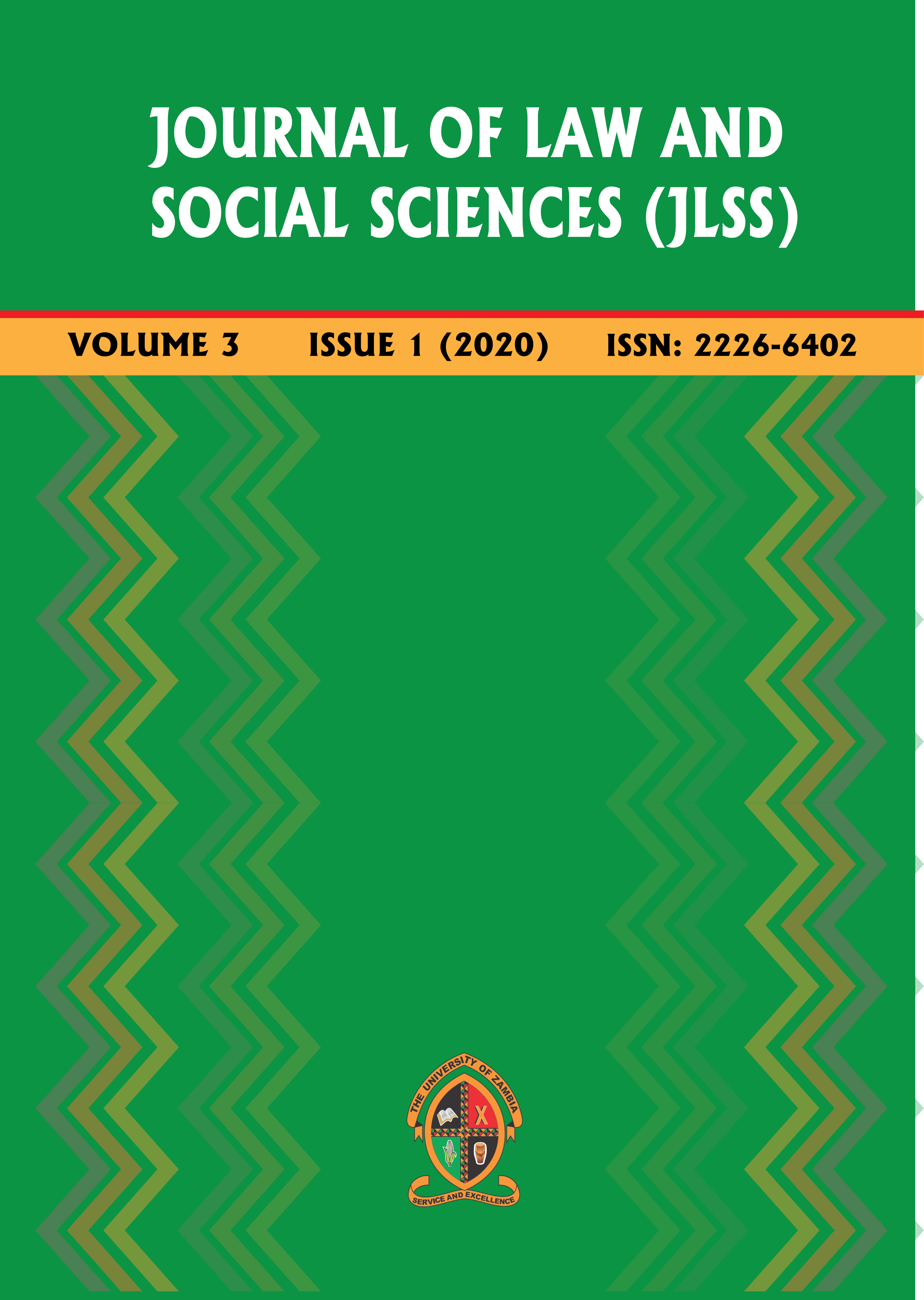The Robotic Man by Habit: An Existential Analysis of Albert Camus’ The Misunderstanding
Keywords:
Habit, Absurd, Robot, Being-in-Itself, Bering-for-Itself, Existentialism, Sartre, Choice
Abstract
Human existence is essentially characterised by habit. It is habit that carries us most of the times, from one day to another as our daily activities are mostly routine in nature. As Albert Camus (1942) notes, most of our daily activities are commanded by habit. This is why Camus compares the human condition to that of Sisyphus. Camus submits that like Sisyphus, the same rhythm carries us from one day to another and this makes our actions automatic, if not robotic. Furthermore, Camus notes that habit usually leads to monotony, boredom and meaninglessness of our actions. This is what he refers to as the absurdity of human existence; a feeling of futility we may experience when we become aware of the repetitiveness of our routines and rituals (Craig, 2005); grosso modo, a lack of fundamental meaning in life. In this paper, our analysis of Camus’ play, ‘The Misunderstanding’ (1943) is hinged upon Sartre’s existentialism, which has close affinities with Camus’ philosophical concept of the absurd. In ‘Being and Nothingness’ (1943), Sartre submits that the problem of being is the most important phenomenological problem. According to Sartre, there are essentially, two modes of existence; Being-in-itself and Being-for-itself. Being-in-itself is the type of being that objects in this world have; for example, Being-foritself is the being of human beings. In this article, we have submitted that habit robotises the characters in Camus’ play in that it (habit) transforms them into Being-in-itself whose existence is passive and absurd.References
1. Behren, S. (1964). ‘Existential “Character-Ideas” in Camus’ The Misunderstanding, Modern Drama, Vol. 7, No. 2, pp.210-212, doi:10.1353/mdr.1964.0009.
2. Breisach, E. (1962). Introduction to Modern Existentialism, Grove Press Inc: New York.
3. Camus, A. (1943). The Misunderstanding, Trans. G. Ley, Gallimard: Paris.
4. Craig, E. (2005). The Shorter Routledge Encyclopedia of Philosophy, Routledge: New York.
5. Daigle, C. (2010). Jean-Paul Sartre, Routledge: New York.
6. Reck, R. (1961). ‘The Theater of Albert Camus,’ Modern Drama, Vol. 4, No. 1, pp.42-53, doi:10.3138/md.4.1.42.
7. Sartre, J.P. (1946). Existentialism is a Humanism, Trans. P. Mairet, Gallimard: Paris.
8. Skreekumar, N. (2015). Existentialism: Main Features; Existence Precedes Essence; Freedom and Responsibility. [YouTube video] Available at: https://www.youtube.com/watch?v=oL4skuHK-9w [Accessed 5 February 2019].
9. Solomon, R. (2000). No Excuses: Existentialism and the Meaning of Life. The Great Courses, Corporate Headquarters: Virginia.
10. Spade, P.V. (1996). Jean-Paul Sartre’s Being and Nothingness, Class Lecture Notes, Indiana University.
2. Breisach, E. (1962). Introduction to Modern Existentialism, Grove Press Inc: New York.
3. Camus, A. (1943). The Misunderstanding, Trans. G. Ley, Gallimard: Paris.
4. Craig, E. (2005). The Shorter Routledge Encyclopedia of Philosophy, Routledge: New York.
5. Daigle, C. (2010). Jean-Paul Sartre, Routledge: New York.
6. Reck, R. (1961). ‘The Theater of Albert Camus,’ Modern Drama, Vol. 4, No. 1, pp.42-53, doi:10.3138/md.4.1.42.
7. Sartre, J.P. (1946). Existentialism is a Humanism, Trans. P. Mairet, Gallimard: Paris.
8. Skreekumar, N. (2015). Existentialism: Main Features; Existence Precedes Essence; Freedom and Responsibility. [YouTube video] Available at: https://www.youtube.com/watch?v=oL4skuHK-9w [Accessed 5 February 2019].
9. Solomon, R. (2000). No Excuses: Existentialism and the Meaning of Life. The Great Courses, Corporate Headquarters: Virginia.
10. Spade, P.V. (1996). Jean-Paul Sartre’s Being and Nothingness, Class Lecture Notes, Indiana University.
Published
2020-09-30
How to Cite
Siame, M. (2020) “The Robotic Man by Habit: An Existential Analysis of Albert Camus’ The Misunderstanding”, Journal of Law and Social Sciences, 3(1), pp. 93-100. doi: https://doi.org/10.53974/unza.jlss.3.1.445.
Section
Social Sciences
